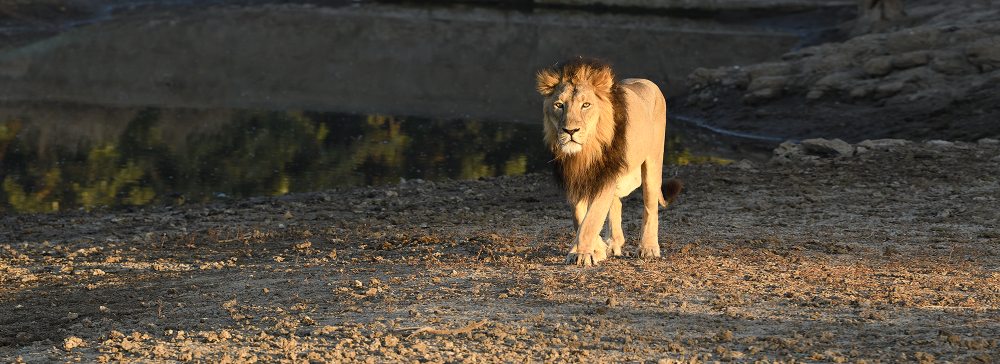Sasan Gir, located in the western Indian state of Gujarat, is renowned for being the royal home of the Asiatic lions. The history of tourism in this region has a royal lineage rooted in the princely state of Junagadh where the Nawabs were passionate about lion hunting. Due to excessive hunting practices, the lion population dwindled to the brink of extinction, prompting the need for conservation.
The establishment of the Gir Forest National Park and Wildlife Sanctuary in 1965 marked a turning point in the history of the region. It was an effort led by the Government of India with support from various NGOs to protect the remaining lion population. With strict conservation measures and the dedicated work of wildlife activists, the lion numbers started to increase, drawing the attention of nature enthusiasts and wildlife photographers from around the world.
The rise in the population of Asiatic lions led to the gradual development of tourism in Sasan Gir. Over the years, the infrastructure developed with the establishment of numerous resorts, hotels, and lodges catering to the needs of tourists flocking to witness the majestic lions in their natural habitat.
Tourism further flourished with the introduction of guided safari tours allowing visitors to explore the wilderness of the Gir Forest. Sasan Gir became a strong point of eco-tourism, emphasizing the importance of sustainable travel practices to ensure minimum impact on the natural ecosystem.
Today, Sasan Gir is not only a wildlife haven but also a cultural hotspot where tourists can enjoy the traditional dances, music, and cuisine of the local Siddi and Maldhari communities. The authentic cultural exchanges coupled with the thrill of spotting a variety of fauna, including leopards, antelopes, vultures, and several rare bird species, contribute to the robust tourism portfolio of the region.
The latest trend in Sasan Gir tourism focuses on conservation-awareness programs. Tourists are encouraged to engage in activities that educate them about wildlife conservation. Additionally, with the rise of social media, the region has witnessed an increase in photography tourism, where professionals and amateurs alike come to capture the raw beauty of Gir's biodiversity.
With advancements in digital technology, the ease of online bookings and virtual tours have also spiked interest in younger demographics. This digital involvement aims to streamline the flow of visitors, especially during peak seasons, ensuring an ethical threshold of human activity in the protected area.
Despite the challenges posed by occasional human-animal conflicts and the need for continuous conservation efforts, Sasan Gir stands out as a distinctive wildlife sanctuary. Its successful turnaround from a hunting ground to a protected zone aptly reflects the transformation within wildlife tourism where the well-being of the flora and fauna is as significant as the visitor experience.

